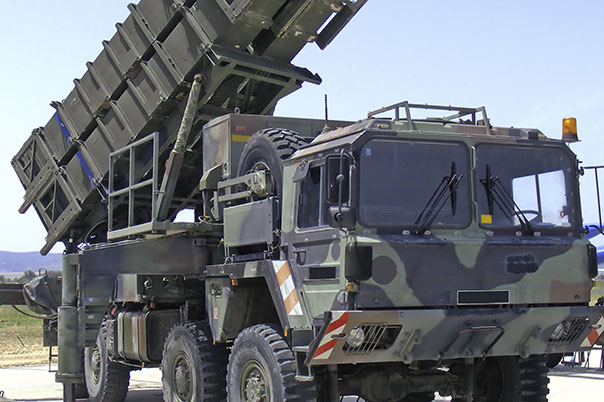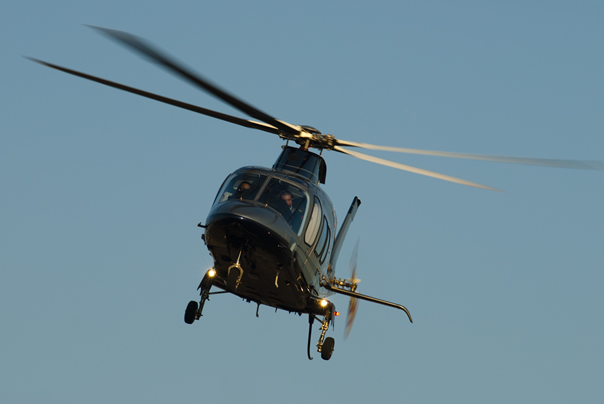In the modern era of aviation, aerospace manufacturing companies have played a pivotal role in pushing the boundaries of human flight. These innovative companies have harnessed cutting-edge technology, engineering expertise, and advanced materials to design, produce, and deliver some of the most sophisticated aircraft and space vehicles the world has ever seen.

This article delves into the fascinating world of aerospace manufacturing companies, exploring their history, achievements, challenges, and the impact they have on the global aviation industry.
- Historical Evolution of Aerospace Manufacturing Companies
The roots of aerospace manufacturing companies can be traced back to the early 20th century when aviation pioneers like the Wright brothers and Alberto Santos-Dumont paved the way for powered flight. Over time, the industry rapidly progressed, with companies like Boeing, Airbus, Lockheed Martin, and Northrop Grumman becoming major players in the aerospace sector. These companies revolutionized air travel by producing innovative commercial and military aircraft.
- Advancements in Aircraft Design and Manufacturing
Aerospace manufacturing companies are at the forefront of aircraft design and production. Computer-aided design (CAD) and computer-aided manufacturing (CAM) technologies have become essential tools in streamlining the design process and optimizing aerodynamics. These advancements have led to the creation of fuel-efficient aircraft that reduce carbon emissions and enhance overall performance.
Moreover, the introduction of composite materials, such as carbon fiber-reinforced polymers, has significantly reduced aircraft weight while maintaining structural integrity. This has resulted in more fuel-efficient planes with increased range and better payload capacity.
- Technological Breakthroughs in Aerospace Manufacturing
The aerospace industry has witnessed significant technological breakthroughs that have revolutionized the manufacturing process. Additive manufacturing, commonly known as 3D printing, has transformed how aircraft components are produced. Using 3D printing techniques, aerospace manufacturers can create intricate parts with reduced material waste, saving costs and improving efficiency.
Furthermore, the adoption of robotics and automation in manufacturing facilities has improved productivity and ensured precision in aircraft assembly. These advancements have also contributed to enhanced safety measures by minimizing human error during production.
- Global Competition and Collaboration
The aerospace manufacturing sector is highly competitive, with companies vying for contracts from governments and private enterprises around the world. Companies like Boeing and Airbus are dominant players in the commercial aircraft market, while others focus on military aircraft, satellites, and space exploration missions.
However, despite fierce competition, collaboration among aerospace companies is also common. Joint ventures and partnerships allow companies to share resources, knowledge, and expertise, leading to breakthroughs in research and development.
- Impact of Aerospace Manufacturing on the Global Economy
Aerospace manufacturing is a significant contributor to the global economy. It generates substantial revenue and provides millions of direct and indirect jobs worldwide. The demand for aircraft, both commercial and military, drives growth in the sector and creates a ripple effect on various related industries, such as aerospace engineering, avionics, and air transportation.
Moreover, the export of aerospace products and services contributes to the trade balance of many nations, making it a vital component of economic growth and stability.
- Challenges and Environmental Concerns
While aerospace manufacturing has achieved remarkable advancements, the industry faces several challenges, including environmental concerns. Aircraft are major contributors to greenhouse gas emissions, and manufacturers are under pressure to develop more eco-friendly and sustainable solutions.
Efforts are underway to design aircraft with lower emissions and to explore alternative fuel sources. Additionally, the aerospace industry is working towards reducing aircraft noise pollution to lessen its impact on the environment and communities living near airports.
- Future Prospects of Aerospace Manufacturing Companies
The future of aerospace manufacturing companies looks promising. As technology continues to advance, aircraft are likely to become even more fuel-efficient, quieter, and environmentally friendly. Supersonic and hypersonic flight, once a distant dream, may soon become a reality, revolutionizing the way we travel across continents.
Furthermore, with the increasing interest in space exploration and commercial space travel, aerospace companies are gearing up to design and manufacture spacecraft capable of transporting humans beyond Earth’s atmosphere.

Aerospace manufacturing companies have played an integral role in shaping the world of aviation and space exploration. Through continuous innovation and collaboration, these companies have achieved remarkable advancements in aircraft design, manufacturing processes, and materials. While facing challenges related to environmental concerns, they remain committed to creating a more sustainable future for the aviation industry.
As we look ahead, the aerospace sector is poised for even greater accomplishments, with the potential to revolutionize air travel and push the boundaries of human exploration in outer space. As technology continues to evolve, we can expect aerospace manufacturing companies to lead the charge in pioneering the skies and beyond.
Learn more at Wiki as well.
